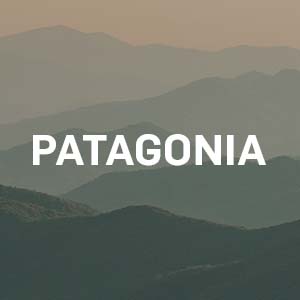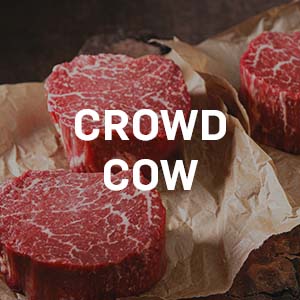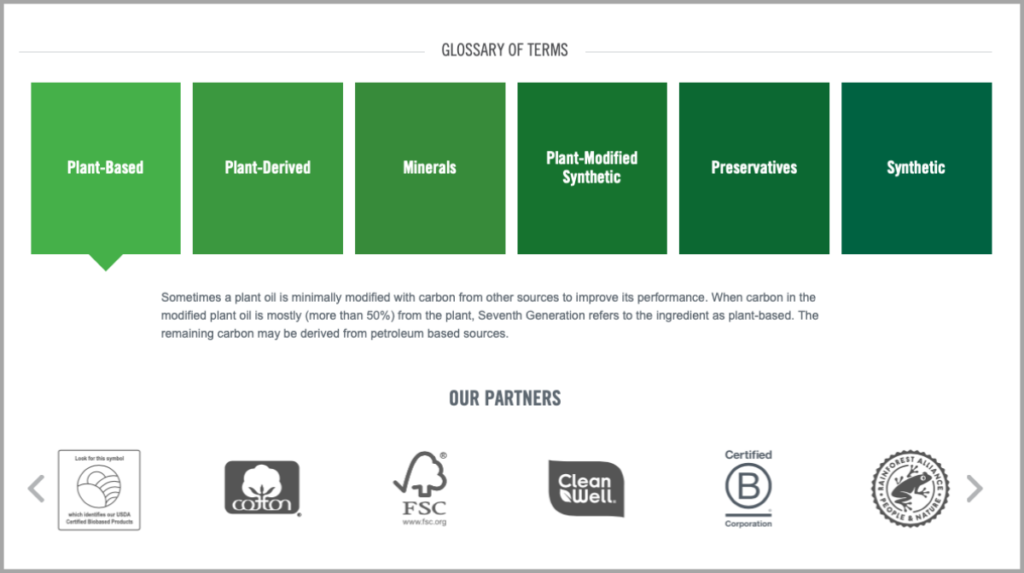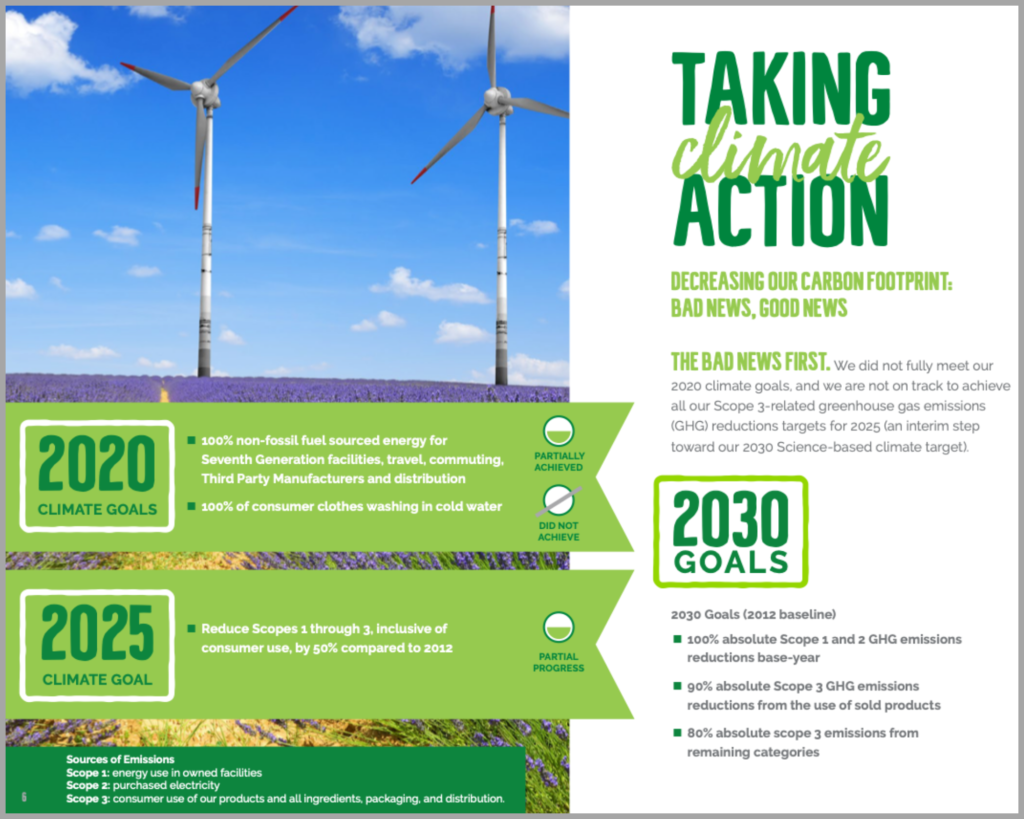Case Study: Seventh Generation
When it comes to household goods, specifically those in the cleaning, paper, and personal care product lines, I’m not sure if there is a better example of sustainability in practice than Seventh Generation. From the company name to their product ingredients, down to the containers their soaps and cleaners arrive in, practical sustainability is at the core of this brand.
Walking down the aisle of a grocery store or scrolling through detergents on Amazon the name Seventh Generation immediately stands out and directly hearkens to their company mission “to transform the world into a healthy, sustainable & equitable place for the next seven generations”. While at first this might sound like a rather grandiose goal, akin to others you’ve heard while trawling the ‘about us’ pages of potential additions to your cabinets and cupboards, where Seventh Generation sets itself apart is in its transparency and empirical attention to detail.
From the “Values” tab on their website a consumer can instantly gain access to not only a broader breakdown of the company mission, including information on their status as a B-Corp, details of their Plant-Based Formulations and Recycled Packaging, but more importantly, find links to several sub-pages dedicated to explaining what sustainability means and how it translates to their products. Take the “Glossary of Terms” interactive graphic under the “Product Science” tab for instance.
It’s a seemingly small addition, that quickly defines six different terms a consumer will run into when looking at their products. While this section is somewhat visually downplayed, placed at the footer of the page, its ramifications are enormous. This addition brings the consumer in, breaking down the perceived wall of false advertising that often surrounds claims of sustainability – it instantly adds a concrete layer of believability and trust with the brand that will extend to every other webpage and every product encounter.
This trust is of paramount importance as we shift to the next area of focus, the “Impact Report” tab. From here you can download the most recent report, or browse reports from the previous ten years. The Seventh Generation Impact Report acts as part marketing campaign, part internal ‘state of the union’, but most importantly is transparent with successes, and with failures. Beginning with a brief message from the CEO and a quick summary of what goals were met in the previous year, and in which areas they fell short, the following 15+ pages contain a wealth of detailed information, beautifully presented. From infographics to pragmatically written summaries, the reader can get an honest glimpse into the carbon footprint, plastic use, waste impact, and material sourcing of Seventh Generation’s many product categories – and because their market share keeps growing these numbers aren’t always as flattering as originally forecast.
While you could consider some of these metrics a representation of missing sustainability (if you haven’t seen the reports for yourself that is) I argue that for a company to be so willingly transparent with its consumers, in its victories and losses, they set a standard for what it means to yearn for sustainability honestly, effectively, and with a consistent commitment to authenticity.
Finally, for those of you out there who are quick to flip a box or bottle around to yearningly search for a complete ingredient list to see what you are consuming (even if you can’t pronounce the majority of the listed items) Seventh Generation has the perfect solution. On every product they produce there is a complete ingredient list, but that’s only half of it. Returning to their “Values” page and navigating to “Ingredient Glossary” you can see a complete glossary of every single ingredient used in a Seventh Generation product broken into easy-to-read categories: Ingredient Name, What It Is, Environmental Impact. From Aloe Barbadensis Leaf Juice to Zingiber officinale root oil, consumers can take their bottle of detergent and learn not only what’s in it, but how it’s used and what environmental impact it has.
With the increasing popularity, and need, for companies to incorporate sustainability into their brand and products it might seem like Seventh Generation was already miles ahead of the competition – but that is precisely why they are one of my case studies. Though they were in a position to rest on their laurels, they chose instead to double down, investing even more in sustainability at every level of their company and product all through an empirically transparent way that truly sets a standard for what it means to be authentically sustainable.
If you want to learn more about adding essential sustainability messaging to your brand or how to improve your own catalog, reach out to Devon at devonc@jschmid.com.
More case studies in our sustainability series:

Whether it’s the Baggies or a fleece pullover, you already know Patagonia and their consistent messaging on conservation and sustainability. Dive deeper to see if the company authentically lives up to the reputation.
Read full case study here.

From sourcing food to shipping it across the country, delivery food services have a steep hill to climb in order to reach sustainability. Take a look at Crowd Cow to see how this goal can be reached from farm to table.
Read the full case study here.
Thanks to Unsplash for all photos; Crowd Cow Photo by Madie Hamilton; Seventh Generation Photo by Vengadesh Sago; Patagonia Photo by Ivana Cajina.
Tags: Customer Experience, marketing, Patagonia, Seventh Generation, Strategy, Sustainability


